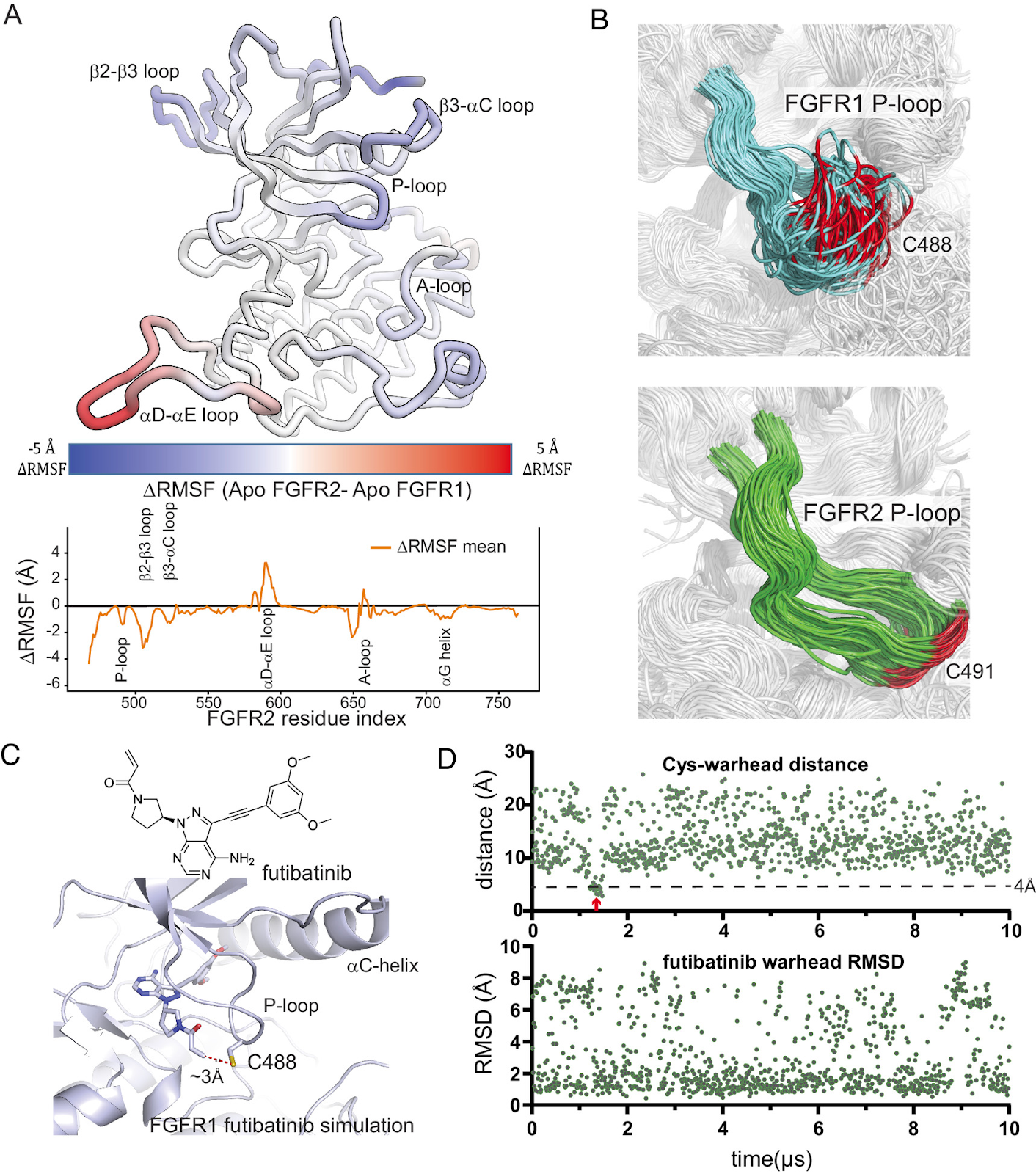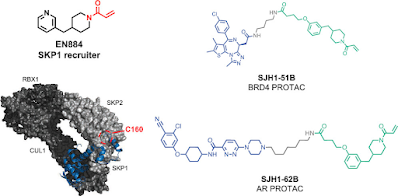DOI: 10.1021/acscentsci.3c01245
A systematic strategy to develop dual-warhead inhibitors is introduced to circumvent the limitations of conventional covalent inhibitors such as vulnerability to mutations of the corresponding nucleophilic residue. Currently, all FDA-approved covalent small molecules feature one electrophile, leaving open a facile route to acquired resistance. We conducted a systematic analysis of human proteins in the protein data bank to reveal ∼400 unique targets amendable to dual covalent inhibitors, which we term “molecular bidents”. We demonstrated this strategy by targeting two kinases: MKK7 and EGFR. The designed compounds, ZNL-8162 and ZNL-0056, are ATP-competitive inhibitors that form two covalent bonds with cysteines and retain potency against single cysteine mutants. Therefore, molecular bidents represent a new pharmacological modality with the potential for improved selectivity, potency, and drug resistance profile.













